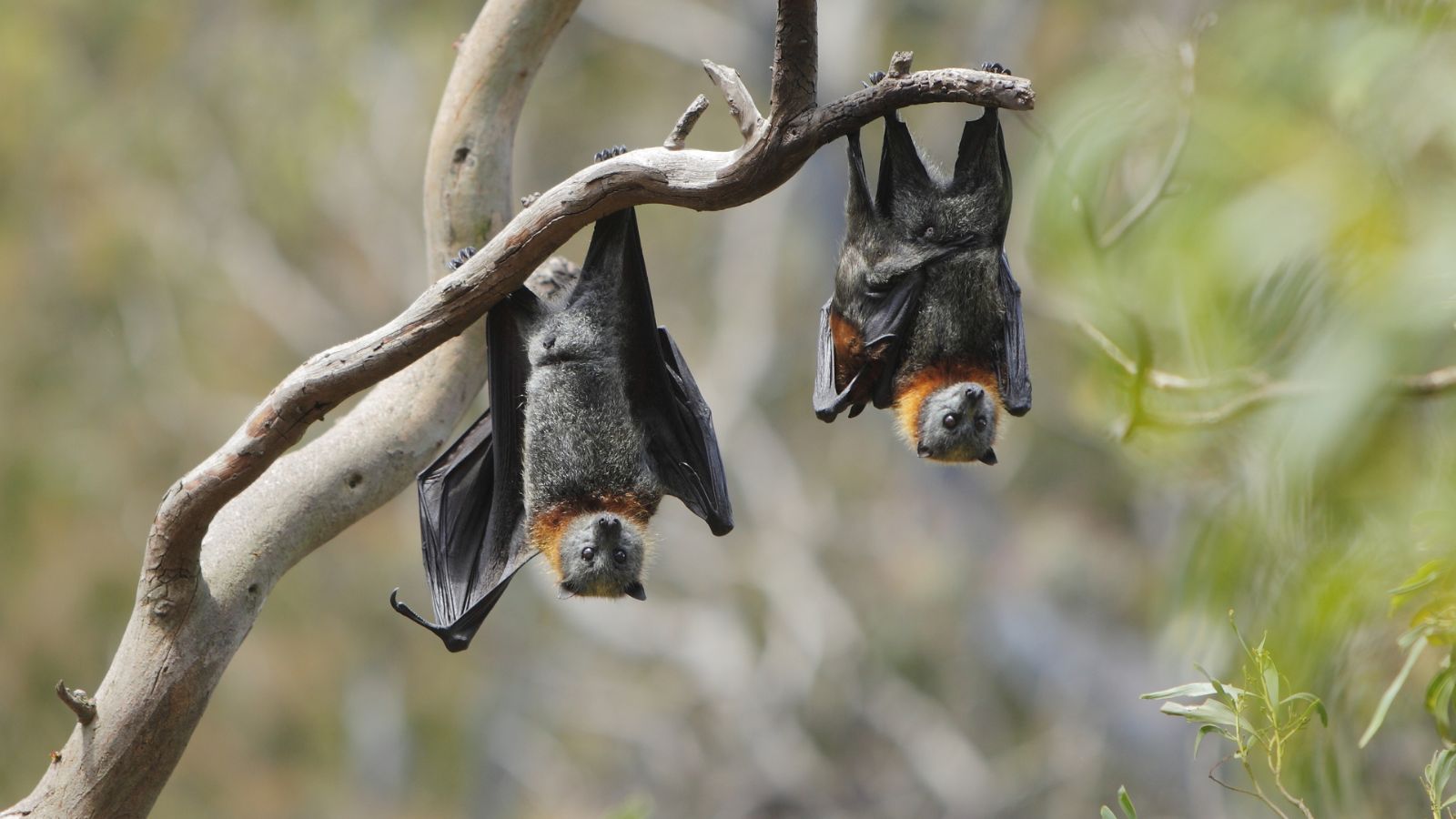Bat Week is an international, annual celebration designed to raise awareness about the need for bat conservation, perfectly timed on the run up to Halloween. Lindsay Mackinlay our Head of Ecology has been busy conducting bat surveys at our Glenaros Estate, here’s a look at what he’s been working on…
Q. So, you’ve been conducting bat surveys, could you share a bit about what you’re up to…
Summer has sadly past, but one part of my summer surveys was checking to see whether bats were using our Glenaros Estate buildings and trees as a home. In particular, I wanted to know whether we had any bat maternity roosts present, where female bats bring up their young (usually one young per female per year; they are nothing like mice as some people think, indeed, they are more closely related to us!)
Q. What is a bat survey?
There are many types of bat surveys, with the type used depending on the information you need to know. Surveys can include daytime inspections of buildings for bat signs, such as droppings (Top Tip No. 1: bat droppings can look like mouse droppings, but they crumble to dust when rolled between your fingers. Also, mice tend not to poop on vertically-faced surfaces like window panes and walls!).
Then there are emergence surveys, mainly at dusk, but also throughout the night and dawn. These commonly involve surveyors standing watching for bats leaving (or entering) a roost, counting them and identifying the species using bat detectors.
These days, remote bat detectors can be placed outside and will record every bat that flies past as the calls can be used to identify many species; you can get sleep whilst the machine does its work. Finally, there are specialist harp trap surveys which involve actually catching the bats for research purposes.

Q. Why do we need a bat survey at Glenaros?
At The Future Forest Company, we want to know if bats are living in our buildings or trees before we need to do essential management to them. This could be roof repairs or taking off damaged branches or taking down dangerous trees.
At Glenaros, we need to repair our roofs and buildings in the next year and the place is surrounded by woodland and water; ideal habitat for bats as there are lots of insects to feed on around such places. As bat populations could do with some help, bats and their roosts are protected by law, we need to be sure our work is not going to harm them or break the law. At the same time, we want to know what bats we have living at Glenaros and whether we have large numbers roosting in our buildings and trees.

Q. How do you carry out a bat survey?
There is much published guidance out there on how to carry out bat surveys to professional standards. At The Future Forest Company, we carry out surveys strictly to such guidance as it ensures we do things right. I have been a licensed bat worker for over 25 years which means I am allowed to enter bat roosts and handle bats during survey work. This usually sees me disappearing into attics and avoiding holes in ceilings below!
However, you don’t need to be licensed to carry out survey bats, just have a good eye for wildlife. Any conscientious person can stand quietly outside a potential roost at a respectful distance around dusk or dawn and count bats, and anyone can use a bat detector (it takes a bit more experience to identify bat calls but it is fun).
Usually, the best time to count bats is from 15mins before sunset until around 90mins after it, although in reality, you often can’t see well after an hour after sunset. Dawn surveys are for the more hardy as it requires getting up super-early, which can be 3.00am in Scotland in summer, surveying around 90mins before sunrise then 15mins afterwards. However, dawn surveyors will often be rewarded by the sight of swarming bats as they all fly around together before entering the roost for the day; a bit like good friends having a small party before going to bed!
Choose our Biodiversity Bundle today! Make a positive impact towards reversing the nature crisis and help protect our habitats. The Biodiversity Bundle contributes towards ancient woodland protection, wildflower meadow planting and wetland regeneration in the UK.




